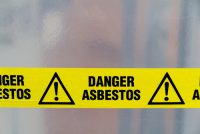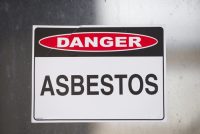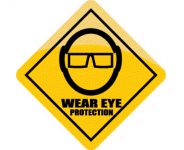Safer Chemicals: OSHA Outlines the Benefits
Yesterday, we outlined the steps in the process of transitioning to safer chemicals. Today, we review reasons why using safer chemicals whenever possible is a good idea. American workers use tens of thousands of chemicals every day. While many of these chemicals are suspected of being harmful, only a small number are regulated in the […]










